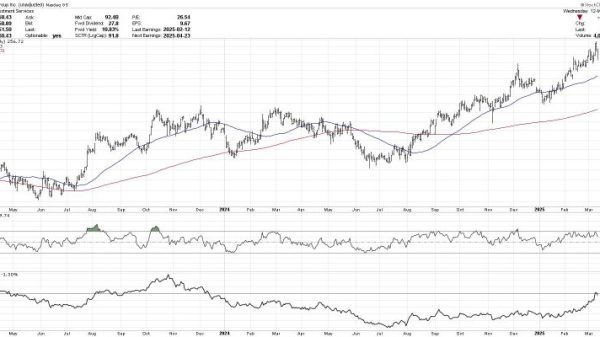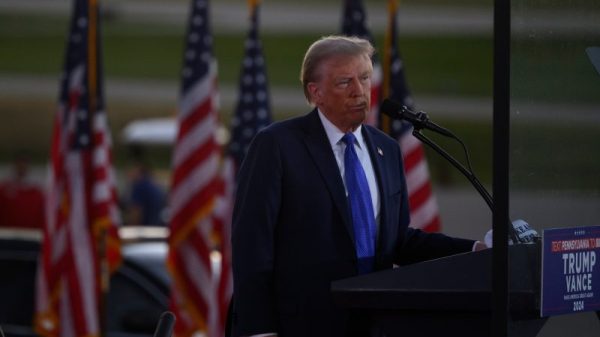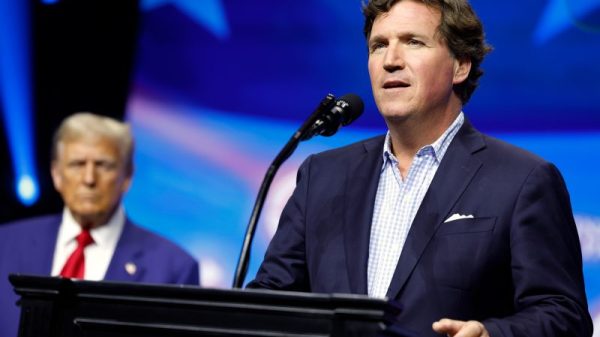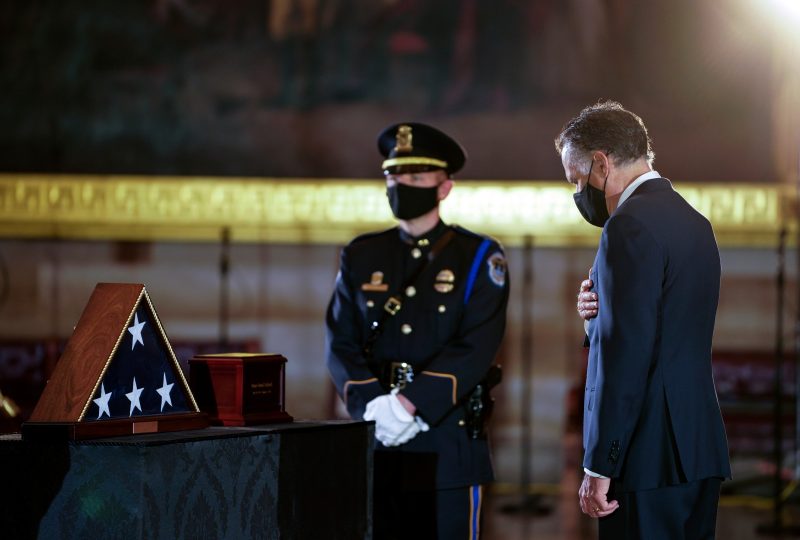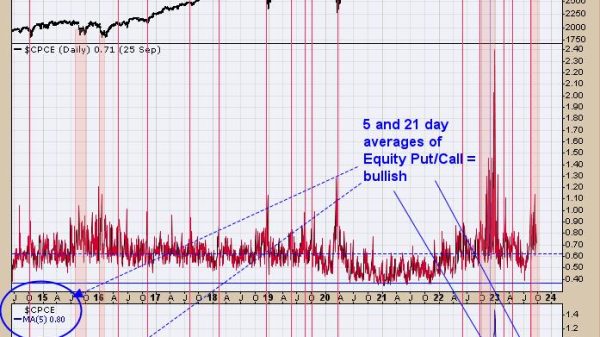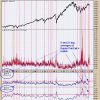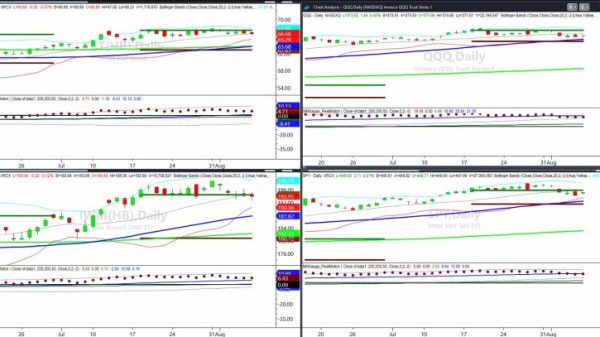Sen. Mitt Romney’s (R-Utah) announcement on Wednesday that he would not seek reelection to his seat has formalized the shift in Republican politics over the past decade. The party’s nominee for the presidency in 2012, Romney was later shunted to the outside by Donald Trump and his supporters.
He was a representative of the pre-MAGA Republican establishment and had the temerity to embrace that role. He challenged Trump and, in the judgment of his party, lost.
Romney’s announcement was accompanied by the publication of an excerpt of an upcoming biography of the senator written by the Atlantic’s McKay Coppins. In it, we see one manifestation of the shift in American politics over the past decade, particularly on the right: the infiltration of political violence and violent threats.
Terror — native-born in the United States — has infected the discourse.
Romney described to Coppins conversations related to the impeachment of former president Donald Trump that followed the riot at the Capitol on Jan. 6, 2021.
“One Republican congressman confided to Romney that he wanted to vote for Trump’s second impeachment, but chose not to out of fear for his family’s safety,” Coppins writes. “The congressman reasoned that Trump would be impeached by House Democrats with or without him — why put his wife and children at risk if it wouldn’t change the outcome?
“Later, during the Senate trial, Romney heard the same calculation while talking with a small group of Republican colleagues. When one senator, a member of leadership, said he was leaning toward voting to convict, the others urged him to reconsider. You can’t do that, Romney recalled someone saying. Think of your personal safety, said another. Think of your children. The senator eventually decided they were right.”
This is not a revelation, exactly. As America was assessing the fallout of the riot, a number of similar stories emerged, catalogued by The Washington Post’s Aaron Blake:
There was former Ohio congressman Anthony Gonzalez (R) — a former professional football player — who deemed the hostility he faced after opposing Trump too much of a risk for his family. Former Wyoming representative Liz Cheney (R) described similar fears from other legislators, as did former Michigan representative Peter Meijer (R). That these three are all former legislators is not a coincidence: They resigned or were beaten in primaries largely because they saw how the party had turned against them. See also: Romney, Mitt.
There was obviously good reason in mid-January 2021 to worry about the dangers of political violence. But the riot at the Capitol was neither an isolated demonstration of danger nor the culmination of it.
The U.S. Capitol Police, scores of whom were injured defending the Capitol that day, reported a surge in threats to its protectees during the time that Trump was in the White House. In 2022, the number of threat investigations conducted by the department declined but was still nearly double the number of threats in 2017.
“Overall, during the last couple of decades the Threat Assessment Section’s caseload has increased because people on social media have a false sense of anonymity and feel more emboldened,” Mario Scalora, the U.S. Capitol Police’s consulting psychologist, said in a statement released this year. “This is not a problem we can only arrest our way out of.”
That is certainly part of it: It is trivially easy to send a threat to an elected official or a public figure and it is easy to do so while leaving only digital fingerprints. But this is the point: Even if there was no credible threat against the legislators with whom Romney spoke, the threat was perceived as credible and it affected their decision-making.
Sure, they might simply have been pointing at this fear as a rationale for taking the position popular with their base but, again, this was in the immediate aftermath of the riot. What senator present in the Capitol that day wouldn’t think a viable threat existed?
It is true that threats emerge from both sides of the political spectrum. We can point to threats against Supreme Court justices last year or the shooting in Virginia that wounded House Majority Leader Steve Scalise (R-La.) in 2017. But data shows that both the embrace and the outbreak of political violence are more common on the political right.
Analysis from the Anti-Defamation League published this year found that, in the past five years, there have been more than 170 deaths linked to right-wing extremism. Three have been linked to extremism on the left.
In 2022, PRRI asked Americans their views on the utility of violence as a political tactic. Three in 10 Republicans said they agreed that “because things have gotten so far off track, true American patriots may have to resort to violence in order to save our country.” That was about three times the percentage of Democrats agreeing with the same sentiment.
Of course, violent acts don’t depend on the actions of millions of people to have an effect; it only takes a few. And Trump remains a focal point for threats of political violence.
In late August of last year, Sen. Lindsey O. Graham (R-S.C.) appeared on cable news to warn that, if Trump were indicted on charges related to his retention of national security documents, there would be “riots in the streets.” Trump shared a clip of the appearance on his social media accounts.
This wasn’t explicitly a call to action, certainly, but it was a recognition of the undercurrent of violence that still exists. It was useful to Trump to elevate this claim because it increased the perceived cost of indicting him.
Happily, his actual indictment this year didn’t inspire any violent riots, but the investigation did — and had by the time Graham was being interviewed. In the wake of the FBI search of Mar-a-Lago, a man attacked an FBI office in Ohio, eventually being killed by law enforcement.
The New Republic’s Katherine Stewart attended a recent fringe-right convention in Las Vegas, reporting for the magazine. She detailed violent marketing and rhetoric, an amplification of that sentiment relative to past events she had attended.
“What turned up the dial on violent fantasies among this sorry group?” she wrote. “The short answer is obvious after the first round of speeches and conversations: It is the indictments of Donald Trump. For this crowd, Trump’s multiple arrests and indictments are not a setback; they are proof positive of their fondest fears.”
The threat persists as, presumably, does the fear of the threat. As a political force, terror lingers.






